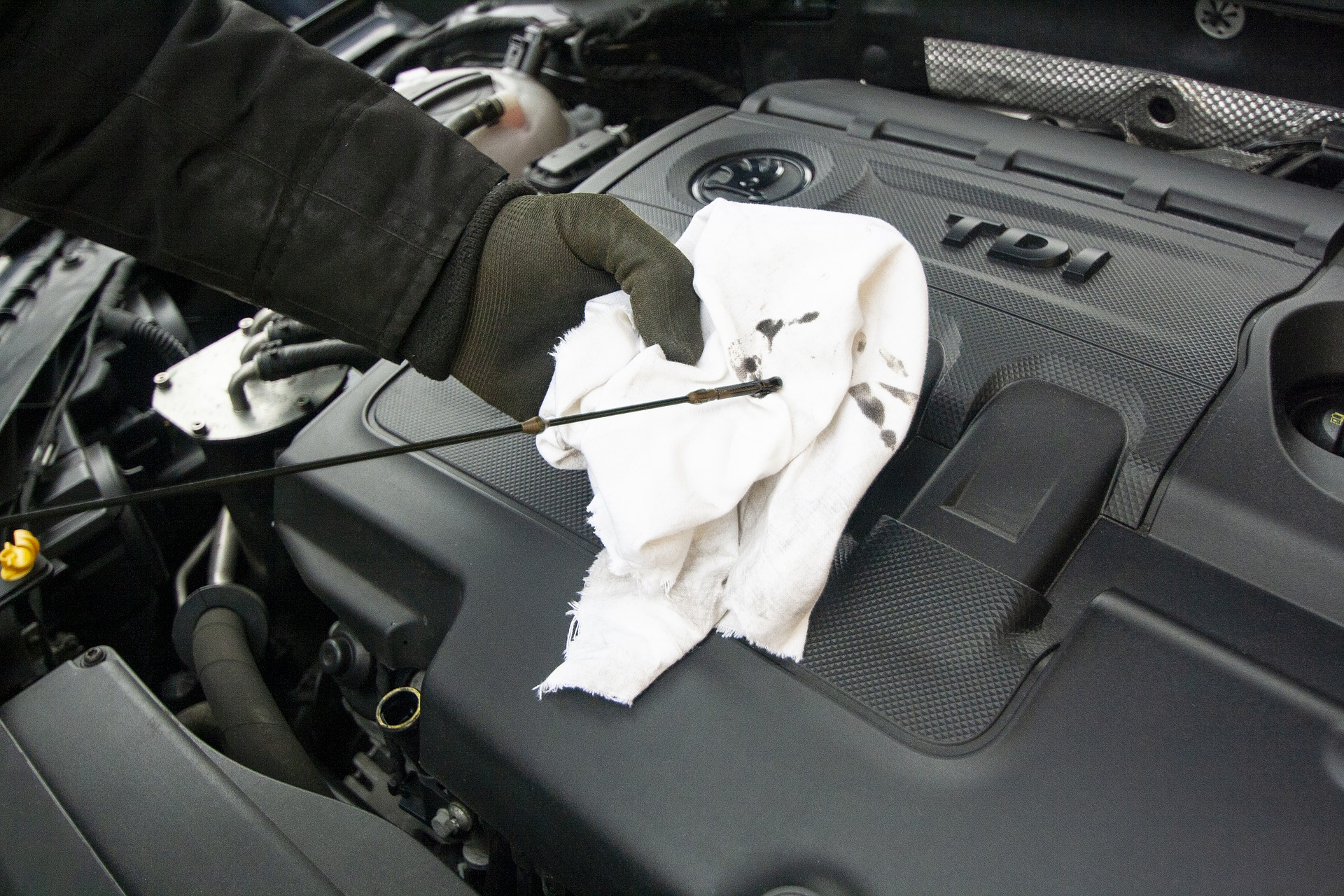How to maintain your vehicle’s engine oil

Changing your vehicle’s oil is a fundamental part of maintenance and if done correctly it will ensure your vehicle runs for many years.
There are a number of factors that influence how often you should change your engine oil such as the vehicle age, driving conditions and the type of oil used.
The American Automobile Association (AAA) also cautions, that while every car requires oil, not just any oil will do.
“Modern engines are designed and built to exacting standards and require oils that meet very specific industry and automaker specifications to ensure a long service life,” said AAA.
“The proper oil for your make and model of vehicle must have the correct SAE viscosity grade, meet performance standards… and comply with any unique specifications established by the automaker or engine manufacturer.”
Using the wrong type of oil could lead to the voiding of your vehicle’s warranty.
Consult your vehicle owner’s manual if you are uncertain which oil to use, alternatively, you can consult a trustworthy mechanic about your vehicle’s recommended oil requirements.
In the past, it used to be normal to change your oil approximately every 4900 kilometres but because of advances in technology, modern lubricants allow engines to run for between 8000 and 12 000 kilometres per oil change interval.
“Moreover, if your car’s engine requires full-synthetic motor oil, it might go as far as 24 000 kilometres between services! ” said AAA.
Also, you cannot reliably judge engine oil condition by colour, therefore, you have to follow the factory maintenance schedule for oil changes.
Oil change intervals in older cars
Usually, oil change intervals in older cars are based on the distance the vehicle is driven.
There are normally two maintenance schedules for these vehicles, according to AAA. One for cars driven in ‘normal’ conditions and another for cars operating in ‘severe’ circumstances.
Severe circumstances are defined as one or more of the following conditions:
– Primarily short trips (8 kilometres or less)
– Extremely hot, cold, or dusty climates
– Sustained stop-and-go driving
– Carrying heavy loads or towing a trailer
If your car is used in these conditions you should make use of the more rigorous maintenance scheduled laid out in your owner’s manual, if not do not waste your money on oil changes and maintenance services that will not benefit your vehicle.
Oil change intervals in newer cars
“Most newer cars are equipped with oil-life monitoring systems that automatically determine when an oil change is needed and notify you with an alert on the instrument panel,” said AAA.
Unlike early systems that are time and distance-based – modern cars actively analyse vehicle operating conditions to determine when oil starts to degrade.
” In fact, the owner’s and maintenance manuals for many newer cars eliminate “severe service” recommendations altogether because the oil-life monitoring system automatically shortens the oil change interval when it detects heavy-duty operation.”
However, less frequent oil changes mean that monitoring your vehicle’s oil level becomes more important – AAA recommends that you check the level monthly and top it up as needed, as maintaining the proper oil levels can help you avoid expensive car repairs because of engine wear or damage.
Picture: Pixabay







